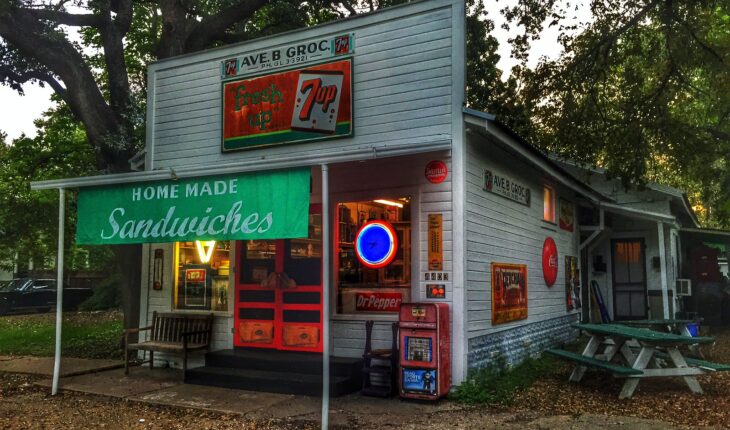
The Zoning and Platting Commission voted to move forward a recommendation on allowing some commercial uses in residential zones to the Codes and Ordinances Joint Committee and Comprehensive Plan Joint Committee. The proposed recommendation allows limited commercial uses in residential zones, aiming to enhance neighborhood accessibility and walkability.
Currently, residential zones are separated from commercial properties, making it challenging for residents – particularly those without cars – to access essential services. The proposal seeks to integrate small-scale businesses, such as medical offices, counseling services and pet services, into residential areas to improve neighborhood connectivity and promote walkability.
“In multifamily zoning, you often have huge concentrations of people and you are not guaranteed that there are any services,” Commissioner Lonny Stern said. “You can see this anywhere you have apartment complexes where there are literally hundreds of units and nothing on their first floor unless they are directly on (an Imagine Austin) corridor. We can easily change this by saying that you don’t need to have mixed-use as your designation in order to provide some sort of services to people who live in these communities.”
The commission said the initiative aligns with the city’s goals outlined in the Imagine Austin Plan, which advocates for a compact, connected city and greater access to local businesses and services, especially in underserved areas.
The proposed changes would allow businesses such as food sales, general retail, personal services and limited restaurants in multifamily zoning areas, as well as conditional uses in single-family zones. However, drive-through services would be prohibited in these residential areas due to concerns over noise and traffic. To minimize the impact on traffic, businesses would also be required to adhere to transportation demand management standards.
“We are not prepared as a board to decide what transportation demand management is the best fit, so we are asking staff to recommend what they think would be the right fit,” Stern said. “If a business isn’t able to conform to that plan then they might lose their certificate of occupancy because we don’t want to create nuisance businesses.”
This initiative is part of Austin’s efforts to improve mobility and access to services in areas that currently lack them and have limited access to grocery stores, health care and other essential services.
“In a time when many of us are working from home and loneliness is on the rise, these (commercial) places can provide a real opportunity for people to come together without having to use transit or get in their car,” Commissioner Ryan Puzycki said.
Commissioner Carrie Thompson raised concerns about how this recommendation could impact the character of neighborhoods.
“My concern is that these changes would be made by folks who are not necessarily connected to or (don’t) understand these places in our city,” Thompson said. “My experience of living in Austin is that some really awful things can happen next door. And even with these good intentions … the lived experience of losing a neighbor to a vacant building at night with security lighting and commercial dumpsters and no one living there, that’s a very different experience than having a neighbor next door and connective tissues in our neighborhood.”
Jenny Grayson, president of the McKinley Heights Neighborhood Association, spoke in opposition to the recommendation, expressing concern about the potential traffic implications of allowing commercial uses in residential zones.
“Zoning is the city’s way of prescribing regulations for a district. If you mix residential and commercial completely, you’re fighting against the zoning we have accepted and built standards around and built neighborhoods around,” Grayson said. “Please don’t open our interior neighborhoods to commercial spaces. This is a mistake waiting to happen.”
The commission voted 6-2 to advance the recommendation to the Codes and Ordinances Joint Committee and the Comprehensive Plan Joint Committee, with Thompson and Commissioner Betsy Greenberg voting in opposition.
Photo made available through a Creative Commons license.
The Austin Monitor’s work is made possible by donations from the community. Though our reporting covers donors from time to time, we are careful to keep business and editorial efforts separate while maintaining transparency. A complete list of donors is available here, and our code of ethics is explained here.






